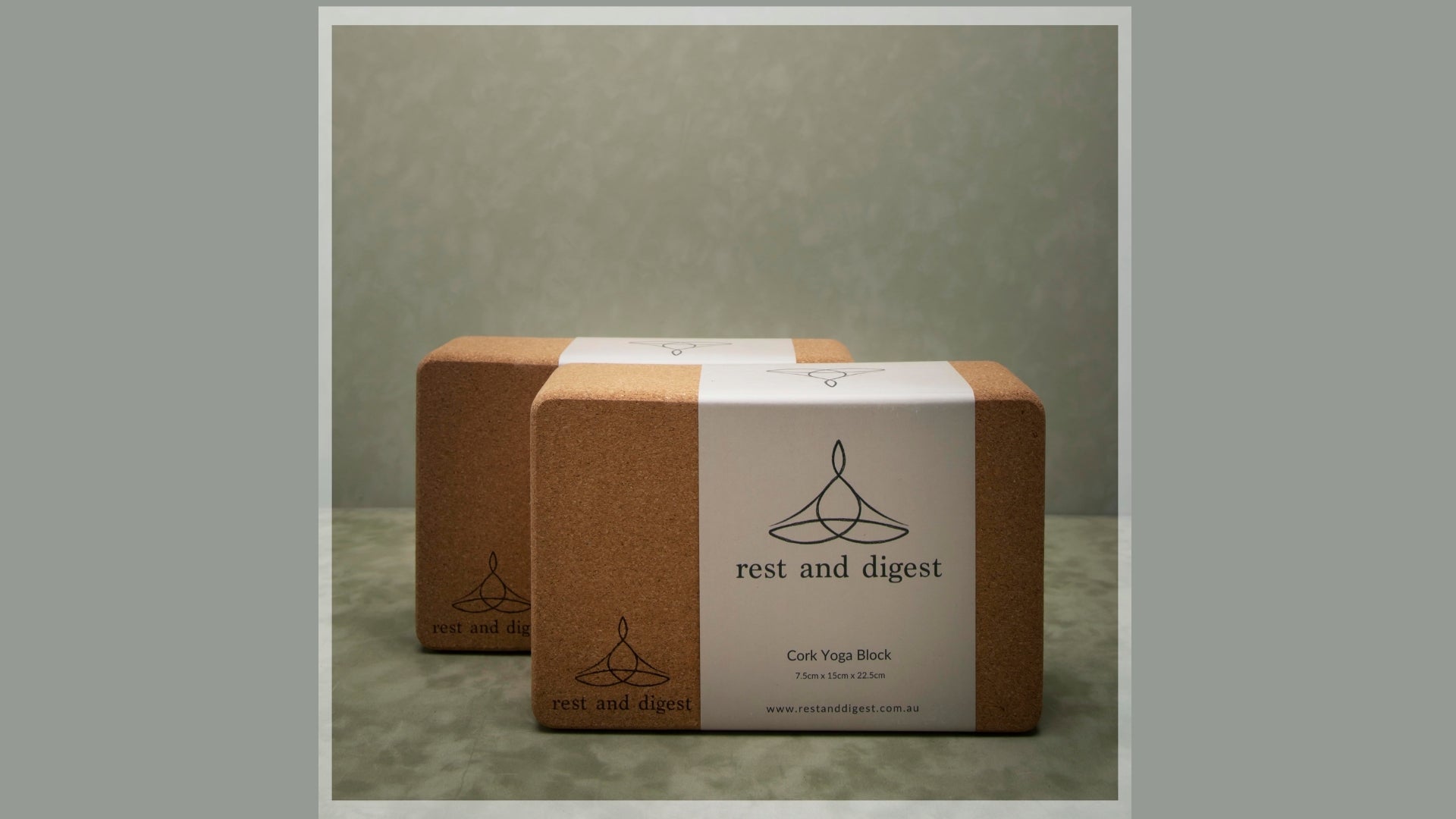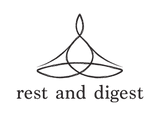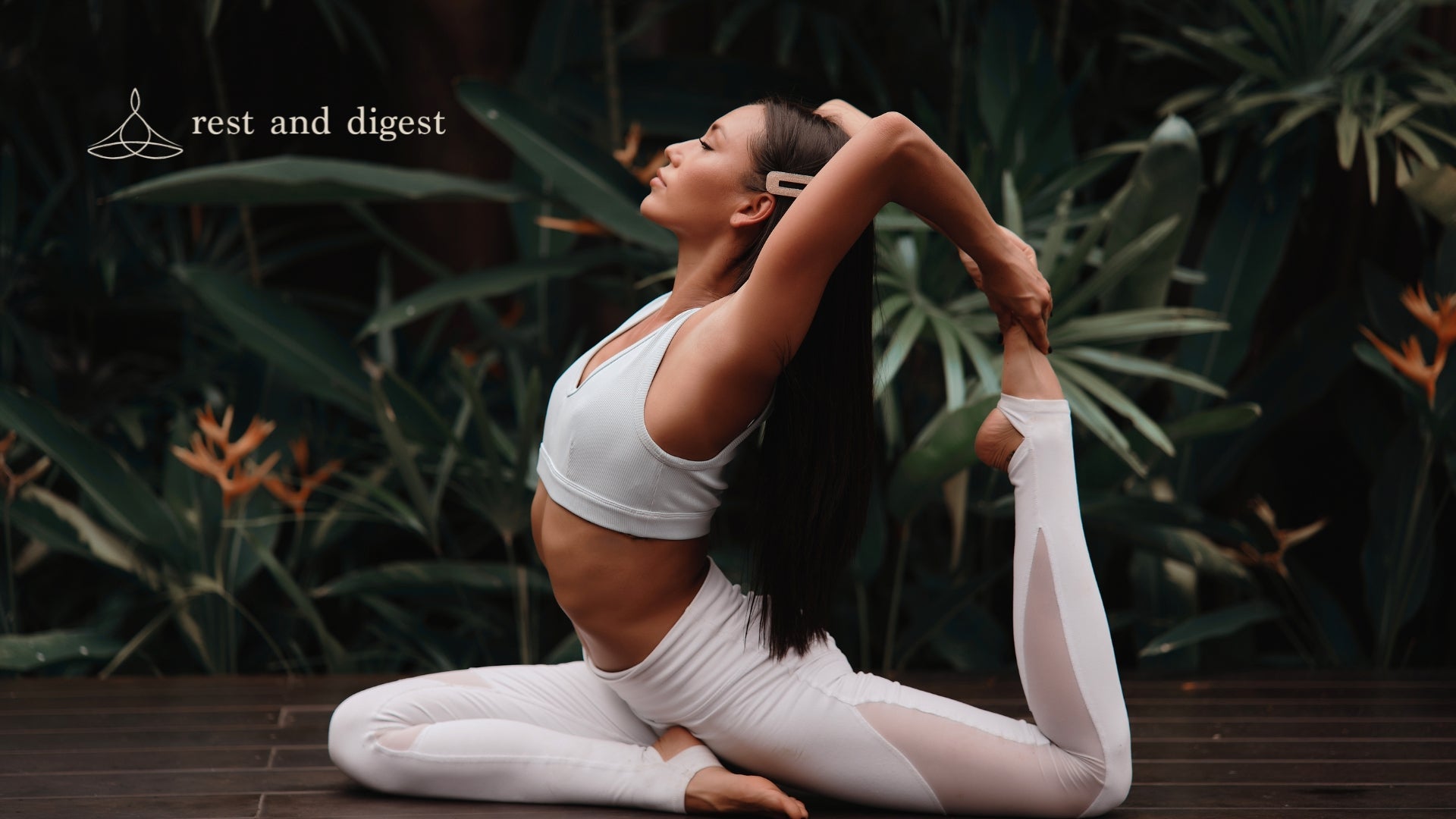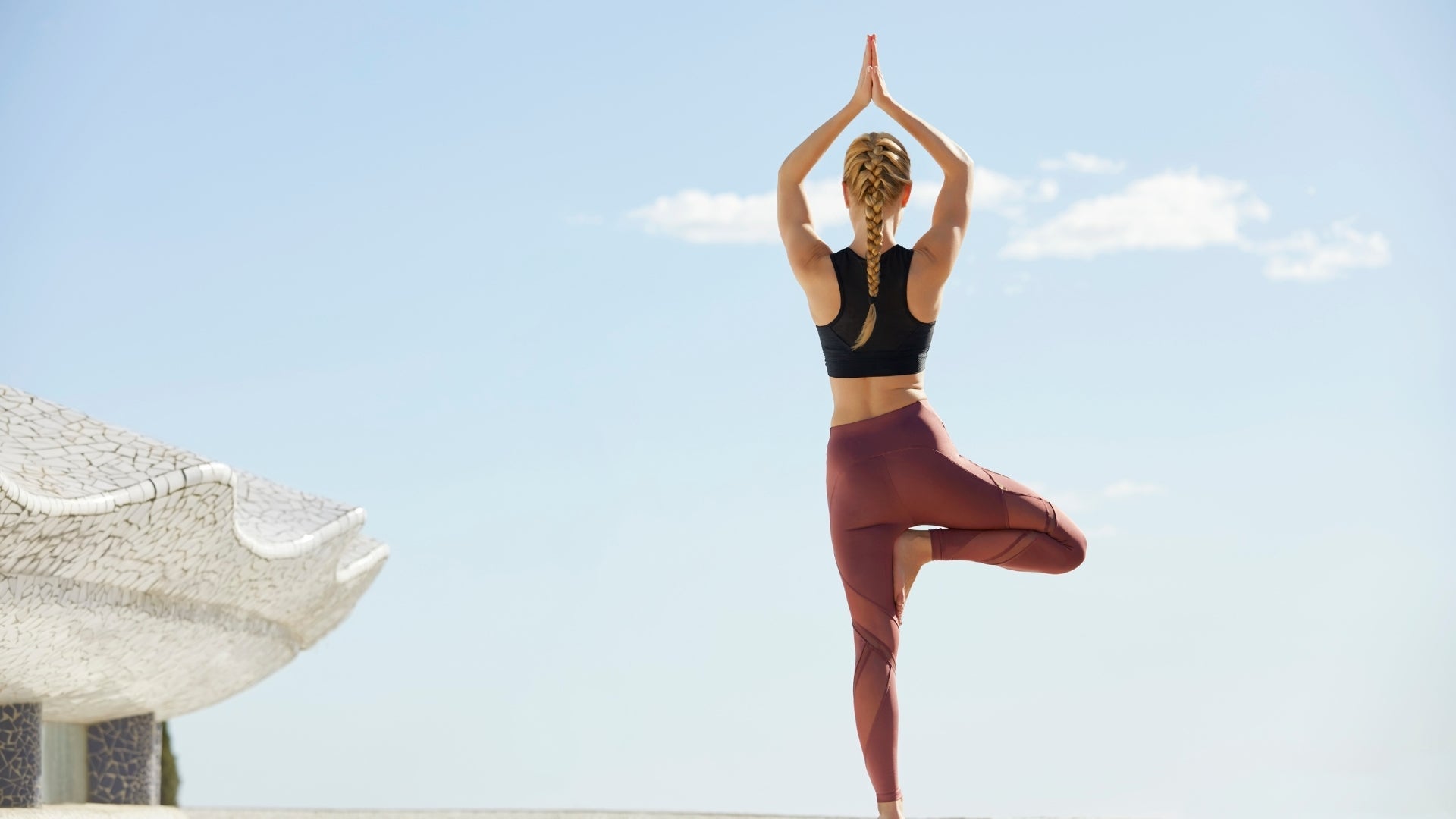
How to Use A Yoga Block
Yoga blocks are a very important item for your yoga practice regardless of your level. Whether you are a seasoned yogi or just starting out as a beginner, adding yoga blocks to your routine can make your stretches deeper, improve alignment, and give you extra support.
In this guide, we will explore how to use a yoga block correctly so that you can maximize its benefits and consequently uplift your practice.
What Are Yoga Blocks?
Yoga blocks are typically manufactured using foam, wood, or cork materials and exist in several sizes that commonly come as rectangles or squares. Their main function is to stabilize poses as well as provide support and extension which allow people doing the poses to modify them individually so that they fit specific requirements. They are particularly useful for novices who may have difficulty in being flexible or balancing exercises and also for advanced yogis wishing to deepen their practice.
Choosing the Right Block
Before we delve into how to use a yoga block, it is important to find the optimal one for your needs.
- Material: Foam blocks are light and soft in nature, which makes them ideal for beginners and those who require delicate support; cork blocks, on the other hand, provide a solid foundation and will last longer thus better for experienced practitioners or those who need more stability.
- Size: Standard yoga blocks are usually 4 by 6 by 9 inches but you may find variations. Select a size that fits your body best and is designed for your particular use.
- Density: Choose density wisely depending on what you like. For some people, they want to have blocks that are soft enough; others would prefer harder ones that give them much stability.
Using Yoga Blocks
Now that you’ve got the right yoga block at hand, we will look at how to use a yoga block to enhance your practice.
- To Support Seated Poses: Raise your hips by sitting on a block and ease the strain in such poses as Sukhasana (Easy pose) or Ardha Matsyendrasana (Half Lord of the Fishes Pose). By doing so, it helps to maintain correct alignment and reduce pressure on the lumbar spine as well as the hips.
- Better Alignment in Standing Poses: For Tadasana (Mountain Pose), put a block between your thighs which will stimulate your inner thighs and ensure proper alignment of the legs. This strengthens the muscles around the knees thereby helping prevent injuries.
- Increasing Balance in Standing Poses: Balancing blocks can be used when standing in poses like Ardha Chandrasana (Half Moon Pose) or Virabhadrasana III (Warrior III Pose). While maintaining focus on your balance, rest your hand on top of one for a little more stability.
- Deepening Stretches: In postures like Utthita Trikonasana (Extended Triangle Pose) or Utthita Parsvakonasana (Extended Side Angle Pose), you should place a block next to your front foot, touching the ground. With this hand’s resting posture over it, you can lengthen your side body and deepen through that side without losing proper alignment.
- Helping with Backbends: For instance, you may support your backbends such as Setu Bandhasana (Bridge Pose) or Urdhva Dhanurasana (Wheel Pose) by putting a block under your sacrum. This creates a gentle base and encourages relaxation in the posture, thus reducing tension in the lower back.
- Aiding in Restorative Poses: Similarly, blocks are used to make comfortable supports for restorative poses like Supta Baddha Konasena (Reclining Bound Angle Pose) or Viparita Karani (Legs-Up-the-Wall Pose). To relax the muscles and allow gravity to pull the body into a deeper stretch, place blocks at the knees or sacrum.
Tips for Using Yoga Blocks Effectively
If you want to make your yoga practice better, then the use of yoga blocks is a good idea. But, how to use a yoga block effectively? Below are some tips that can help you maximize the benefits of yoga practice.
- Begin at the Base: Start off by using the lowest setting in the block as you do your warm-ups. Through this, it becomes possible for you to gradually get into a position while determining how the block assists in terms of alignment and ease.
- Observe Your Body: Take note of how your body reacts when using yoga blocks during exercises. At any sign of pain or discomfort, repositioning or changing the height will be necessary.
- Be Clean: Wash your blocks with a mild soap or cleaner made for yoga mats to keep them hygienic and dirt-free; this way there will be no accumulation of germs, sweat, dirt, etc which creates a neat environment for practicing.
FAQs
How do I know if I need to use a yoga block in a pose?
Your body will let you know if it is putting too much strain on itself and if there are any forms of pain or discomfort experienced during poses. When your alignment is difficult to maintain or you feel stifled in a posture, think about using a block for extra support or modification. Also, consult with an educated yoga tutor who will offer individualized assistance on how to use a yoga block correctly.
Can yoga blocks help with injury prevention?
Yes, indeed, yoga blocks help prevent injuries by ensuring correct postures, providing stability as well as diminishing pressure exerted on vulnerable body parts.
Are yoga blocks only for beginners?
No, such aids are useful for yogis at all skill levels including novices who need to adapt poses and make them more accessible and experienced ones seeking to deepen their practice by refining alignment as well as experimenting with advanced versions of poses.
How to use a yoga block in poses, where to put it?
Be attentive to your body signals and adjust the placement of the block until you find a supportive position. Start from the lowest height setting of the block and raise as needed. Try different places and see which ones fit your body and alignment best.
How to use a yoga block safely?
Make sure that yoga blocks are stable and secure before using them to support your practice. Avoid relying too much on the block, but grow strength and flexibility gradually and in ways that do not make one dependent on props. If you have specific injuries or conditions, consult a certified yoga instructor who can give you individualized advice about how to use a yoga block safely.
Can I use yoga blocks for meditation?
Definitely, yoga blocks add comfort during meditation by providing a firm base to sit upon. Sit in a block to lift hips up and take pressure off knees as well as lower back which encourages relaxation.
Yoga blocks can change your yoga practice by offering support, stability, and alignment. By knowing how to use yoga blocks correctly and mindfully integrating them into our practices we can truly tap their full potential. Therefore, next time when you are spreading out your yoga mat don't forget to take along with you the blocks to explore the infinite possibilities they offer as part of your journey toward healthiness.
Types of Yoga Blocks
There are many different types of yoga blocks available for purchase. They come in various shapes and sizes so it is important that you choose one that fits your needs best. Some popular styles include: cork, foam or wooden blocks, triangle blocks , sandbags. Our favourite type is the rest and digest yoga block as it is made of natural cork which is a great material to have in your yoga practice.





